Back Brace for Broken Vertebrae | Hard Shell Spinal Support
The Critical Role of Advanced Spinal Orthoses in Vertebral Recovery
Spinal injuries, particularly vertebral fractures, pose significant challenges to patient mobility and long-term quality of life. Effective stabilization is paramount for successful recovery, pain management, and preventing further neurological damage. In this demanding landscape, the back brace for broken vertebrae stands as a cornerstone in conservative management and post-operative rehabilitation. Our focus is on the sophisticated design and manufacturing prowess behind these essential medical devices, ensuring superior biomechanical support and promoting optimal healing environments. We delve into the intricacies of their construction, application, and the rigorous standards that define their efficacy, providing a comprehensive overview for B2B decision-makers seeking reliable and high-performance orthopedic solutions.
The demand for specialized spinal orthoses is driven by an aging global population and an increase in trauma-related injuries. Industry trends indicate a consistent push towards lighter, more customizable, and diagnostically integrated bracing solutions. Key advancements focus on enhanced patient comfort, reduced skin irritation, and dynamic adjustability to accommodate various stages of recovery. This evolution underscores the necessity for manufacturers to employ cutting-edge materials and precision engineering to meet the exacting requirements of medical professionals and patients alike. Our commitment extends to delivering solutions that not only stabilize but also facilitate a return to functional independence.
Unveiling the Short Type Thoracolumbar Sacral Orthosis (TLSO)
Specifically engineered to address a range of thoracolumbar spinal pathologies, the Short type Thoracolumbar Sacral Orthosis is a critical component in the recovery protocol for various conditions including compression fractures, burst fractures, and certain post-surgical fusions. This specialized brace provides robust support from the lower thoracic spine (T10-T12) down to the sacral region, effectively limiting flexion, extension, lateral bending, and axial rotation. Its design focuses on creating a 'three-point pressure system' – an anterior pad, a posterior pad, and a suprapubic pad – to stabilize the spine and offload pressure from fractured vertebrae. This biomechanical principle is essential for promoting proper alignment and facilitating callus formation.
Unlike a full body cast, a back brace for broken vertebrae like the Short TLSO offers superior patient compliance due to its lighter weight and more ergonomic profile. It serves as an effective lumbar corset for compression fracture management, providing targeted immobilization while allowing for essential patient activities like ambulation with supervision. For conditions such as a brace for pars defect, where stability is compromised, the TLSO can offer crucial support, preventing further displacement and reducing pain. The design principles emphasize both maximum support and user comfort, critical factors in prolonged brace wear, contributing directly to better patient outcomes and faster rehabilitation.
The Advanced Manufacturing Process: Precision and Durability
The production of a high-quality back brace for broken vertebrae involves an intricate multi-stage manufacturing process, leveraging advanced materials and precision engineering. It typically begins with sophisticated CAD (Computer-Aided Design) for creating digital prototypes, allowing for precise anatomical contouring and stress analysis. Materials commonly employed include medical-grade thermoplastics such as polypropylene or polyethylene for rigid shells, often reinforced with lightweight aluminum or carbon fiber composites for enhanced structural integrity. Interior padding is typically constructed from biocompatible, breathable foam or silicone for patient comfort and to prevent skin breakdown.
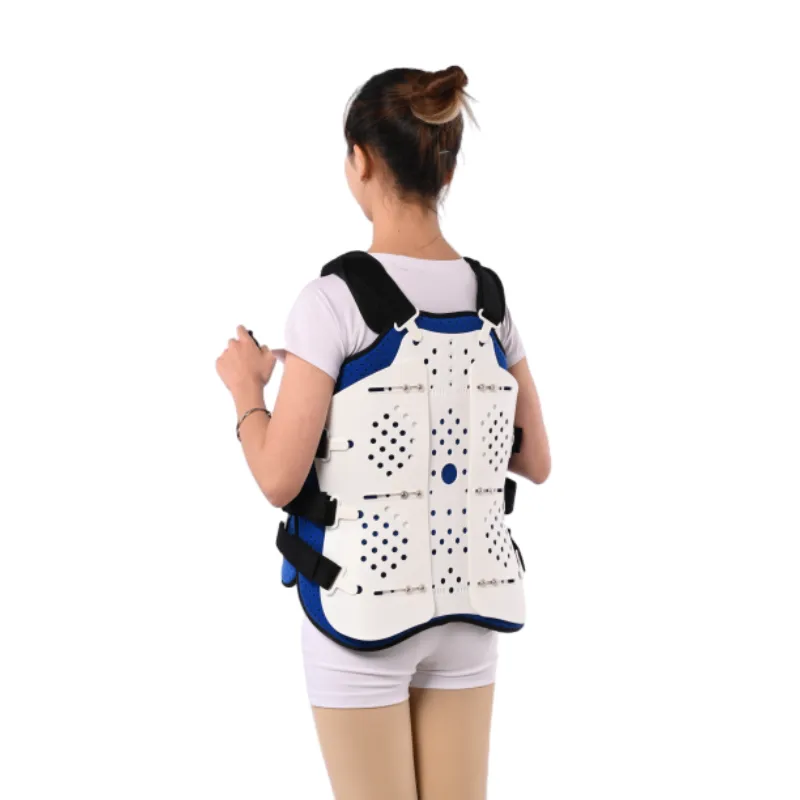
Image 1: Illustrating the precision engineering involved in creating robust back braces for spinal injuries.
Manufacturing processes include thermoforming, where thermoplastic sheets are heated and vacuum-formed over custom molds to create the rigid external shell, ensuring a precise anatomical fit. CNC (Computer Numerical Control) machining is often utilized for finishing edges, drilling attachment points, and ensuring exact dimensions. For components requiring specific strength or intricate geometries, processes like injection molding are applied. Each brace undergoes rigorous quality control inspections, adhering to international standards such as ISO 13485 for medical device quality management systems and ANSI/AAMI BP22 for orthotic devices. This meticulous approach ensures a typical service life of 3-5 years, depending on usage and maintenance. These braces are indispensable in healthcare sectors including orthopedics, physical therapy, sports medicine, and occupational rehabilitation, providing effective stabilization, pain relief, and promoting patient mobility.
Technical Specifications and Performance Metrics
Understanding the technical parameters of a back brace hard shell is crucial for healthcare professionals selecting the optimal device for patient recovery. These parameters directly influence the brace's effectiveness in immobilization, comfort, and durability. Below is a detailed table outlining typical specifications for a high-performance braces for spinal fractures, demonstrating the advanced engineering behind these critical medical aids. This data emphasizes the importance of precise material selection and design in achieving desired therapeutic outcomes.
| Parameter | Specification / Range | Significance |
|---|---|---|
| Material (Shell) | High-density Polyethylene (HDPE) or Polypropylene (PP) | Provides rigid support, durable, lightweight, biocompatible. |
| Material (Liner/Padding) | Closed-cell foam, breathable fabric (e.g., Coolmax) | Enhances patient comfort, wicks moisture, prevents skin irritation. |
| Weight | Approx. 0.8 - 1.5 kg (depending on size) | Minimizes burden on patient, promotes mobility. |
| Adjustability | Multi-point strapping system, adjustable height/circumference | Ensures optimal fit, accommodates swelling/muscle changes, allows progression. |
| Support Level | Rigid, sagittal and coronal plane control | Provides maximum immobilization for unstable fractures. |
| Target Vertebrae | T10-L5, S1 (Thoracolumbar Sacral region) | Covers common fracture sites, offers comprehensive regional support. |
| Certifications | ISO 13485, CE Marked, FDA Registered | Ensures adherence to international quality and safety standards. |
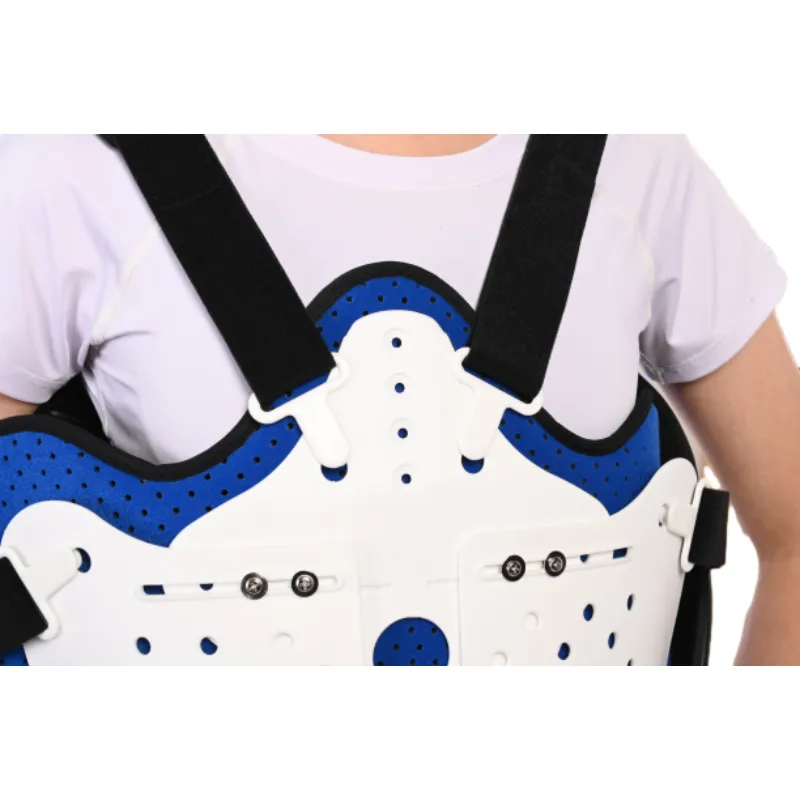
Image 2: Illustrative representation of material strength and structural integrity in spinal orthoses.
These technical specifications underscore the commitment to precision and performance. The use of advanced polymer composites ensures a high strength-to-weight ratio, which is critical for patient compliance and effectiveness. Furthermore, the modular design often allows for the replacement of individual components, extending the product's lifespan and reducing long-term costs. Rigorous testing protocols, including fatigue testing and load-bearing capacity evaluations, confirm that each back brace for broken vertebrae meets or exceeds industry benchmarks for safety and efficacy under various physiological stresses.
Diverse Application Scenarios and Proven Case Studies
The versatility of a well-designed back brace for broken vertebrae extends across numerous clinical and rehabilitation settings. These devices are indispensable for conservative treatment of stable vertebral compression fractures, often caused by osteoporosis or high-impact trauma. In post-operative scenarios, they provide crucial external stabilization following spinal fusion surgeries, instrumentation removal, or laminectomies, aiding in the successful integration of implants and soft tissue healing. They are also vital in managing specific conditions like Scheuermann's kyphosis or severe postural deformities that require corrective external force.
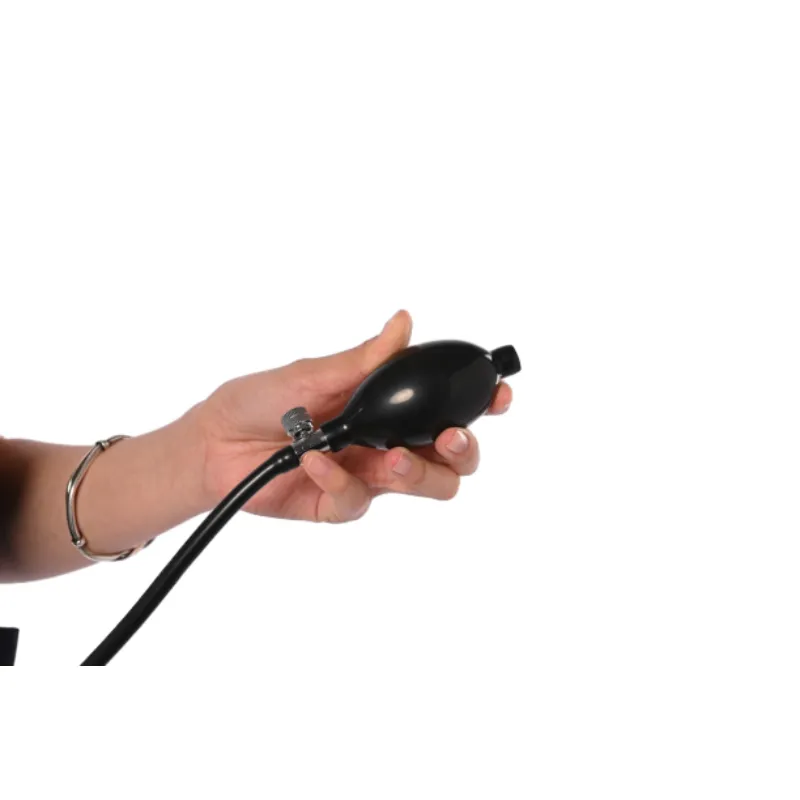
Image 3: Demonstrating the practical application of a TLSO brace in supporting daily activities for patients.
Case Study: Post-Traumatic Lumbar Fracture A 45-year-old male suffered a stable L1 compression fracture from a fall. Opting for conservative management, a Short Type Thoracolumbar Sacral Orthosis was prescribed. The rigid support and three-point pressure system effectively offloaded the fractured vertebra, significantly reducing pain and preventing further collapse. With consistent use over 12 weeks, combined with physical therapy, the patient achieved full fracture consolidation and regained functional mobility, demonstrating the brace's efficacy in non-surgical recovery pathways. This example highlights the brace’s effectiveness as a lumbar corset for compression fracture in real-world clinical settings, improving patient outcomes and quality of life.
Another compelling application is in sports medicine, where certain athletic injuries, like stress fractures in the pars interarticularis (often seen in gymnasts or fast bowlers), necessitate external support. A customized brace for pars defect can provide the necessary immobilization to allow bone healing, preventing the progression to spondylolysis or spondylolisthesis. Our braces offer a precise fit, ensuring optimal therapeutic benefit while minimizing discomfort, which is crucial for patient adherence in prolonged treatment regimens across diverse patient demographics and clinical challenges.
Beyond Standard: Customization and Competitive Advantage
While standard sizing for a back brace for broken vertebrae accommodates many patients, optimal outcomes often necessitate customization. We excel in offering tailored solutions, from slight modifications in shell trim lines to entirely custom-fabricated orthoses based on patient-specific measurements or 3D scans. This bespoke approach ensures an exact anatomical fit, maximizing therapeutic effectiveness and patient comfort, especially crucial for long-term wear or complex spinal deformities. Our customization capabilities are a distinct competitive advantage, allowing us to serve unique clinical requirements and challenging cases that off-the-shelf solutions cannot adequately address.
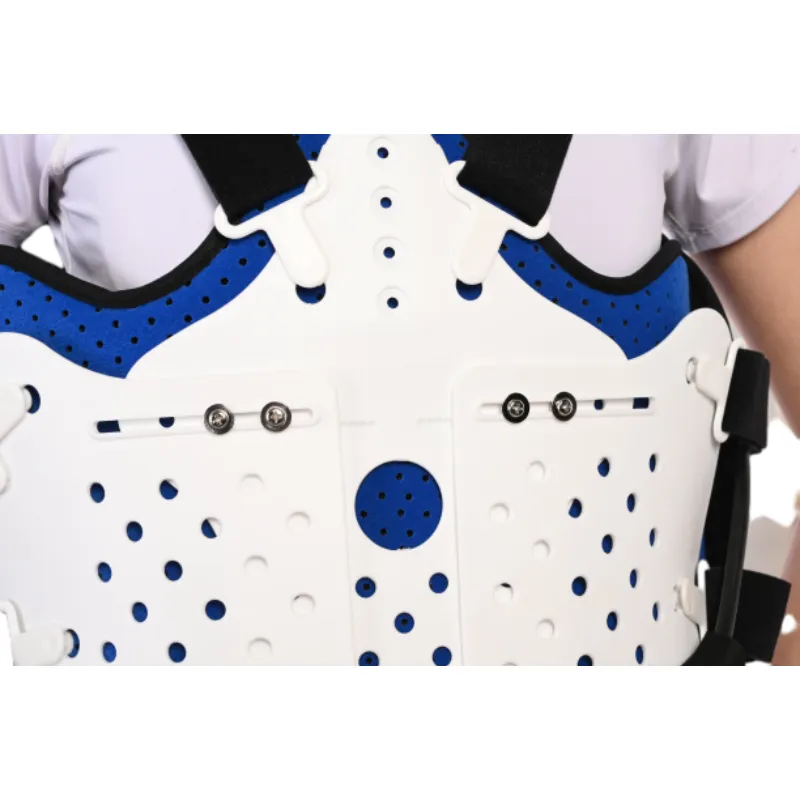
Image 4: Highlighting the design flexibility and ergonomic features of custom spinal orthoses.
When evaluating manufacturers for braces for spinal fractures, several factors distinguish leading providers. Beyond certifications like ISO 13485 (which attests to stringent quality management for medical devices), look for extensive R&D investment, a history of clinical partnerships, and a robust portfolio of successful patient outcomes. Our long-standing commitment to innovation and direct collaboration with orthopedic specialists ensure our products are at the forefront of spinal care technology. Furthermore, transparent pricing, reliable logistics, and comprehensive after-sales support are hallmarks of a trustworthy partner, providing peace of mind to healthcare providers and procurement departments.
Ensuring Trust: FAQ, Delivery, and Dedicated Support
Building and maintaining trust with our B2B partners is paramount. We understand that seamless logistics and reliable post-purchase support are as crucial as the product itself. Our commitment to trustworthiness is reflected in our transparent processes, from order placement to product delivery and beyond. We offer clear, competitive delivery schedules, typically ranging from 3-7 business days for standard orders within major regions, with expedited options available for urgent requirements. Each back brace for broken vertebrae comes with a comprehensive warranty against manufacturing defects, typically for one year from the date of purchase, ensuring long-term reliability and peace of mind for both distributors and end-users.
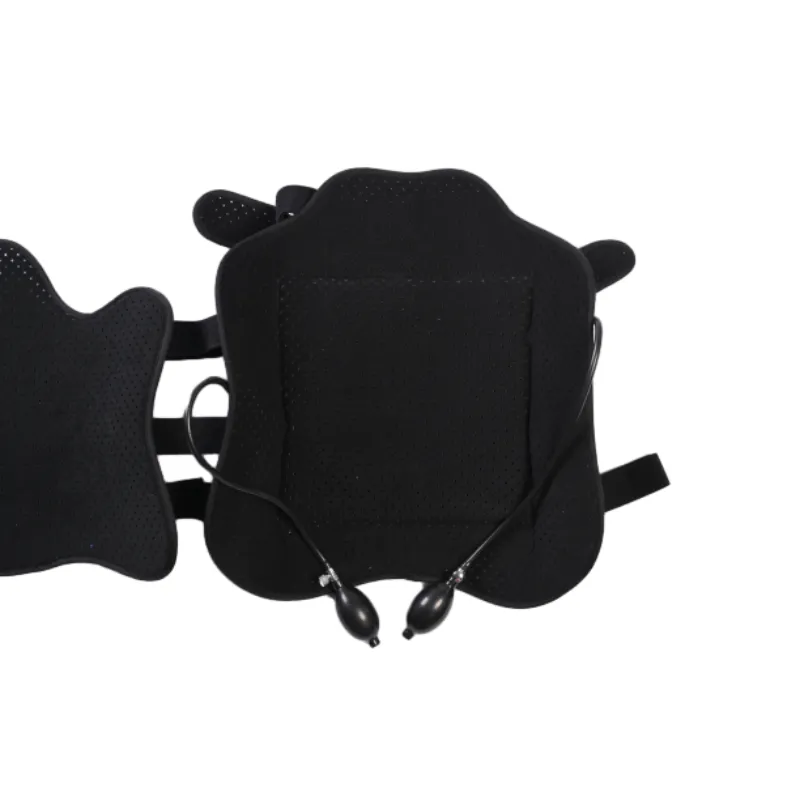
Image 5: Emphasizing the comfort and user-friendly design for long-term wear and compliance.
Frequently Asked Questions (FAQ)
-
Q: What is the typical lifespan of a Short Type Thoracolumbar Sacral Orthosis?
A: With proper care and maintenance, our orthoses are designed for a service life of 3-5 years. Regular inspection and cleaning, as per instructions, will maximize durability. -
Q: Are these braces suitable for all types of vertebral fractures?
A: Our Short TLSO is highly effective for stable compression and burst fractures in the thoracolumbar region. However, suitability for complex or unstable fractures should always be determined by a qualified medical professional. -
Q: Can the brace be customized for specific patient needs?
A: Yes, we offer significant customization options, including bespoke molding and adjustments to strapping systems and padding, to ensure an optimal fit for individual anatomical variations. -
Q: What kind of after-sales support do you provide?
A: We provide comprehensive technical support, product training, and readily available replacement parts. Our dedicated support team is available to assist with any inquiries or issues, ensuring seamless product integration and satisfaction.
Conclusion
The advanced back brace for broken vertebrae, particularly the Short Type Thoracolumbar Sacral Orthosis, represents a pinnacle of engineering and medical science, offering critical support for patients recovering from spinal injuries. Our commitment to superior materials, precision manufacturing, rigorous quality control, and extensive customization options ensures that our products not only meet but exceed industry standards. By combining technical excellence with comprehensive support, we empower healthcare providers to deliver optimal patient care and facilitate faster, more effective recovery from spinal trauma.
References
- Bohra, G. R., Dhal, R. P., & Sarma, M. K. (2018). Orthoses for Spinal Disorders: An Overview. Indian Journal of Orthopaedics, 52(4), 361–369.
- Denis, F. (1983). The three column spine and its significance in the classification of thoracolumbar spinal injuries. Spine, 8(8), 817-831.
- Kim, B., Lee, H., & Park, M. (2020). Biomechanical effects of thoracolumbar sacral orthosis on lumbar spine. Journal of Physical Therapy Science, 32(8), 527-531.
- National Institute of Neurological Disorders and Stroke (NINDS). Spinal Cord Injury: Hope Through Research. U.S. Department of Health and Human Services.
- ISO 13485:2016 Medical devices — Quality management systems — Requirements for regulatory purposes. International Organization for Standardization.
-
Hard Cervical Collar - Hebei Jianhang Technology Co., Ltd. | Comfort & StabilityNews Aug.12,2025
-
Hard Cervical Collar - Hebei Jianhang Technology Co., Ltd. | Neck Support, Adjustable FitNews Aug.12,2025
-
Hard Cervical Collar-Hebei Jianhang Technology Co., Ltd.|Neck Support & Comfort SolutionNews Aug.12,2025
-
Hard Cervical Collar-Hebei Jianhang Technology|Neck Support, Adjustable FitNews Aug.11,2025
-
Copper Wrist Support for Pain Relief & Recovery | Stable, SoftNews Aug.11,2025





















